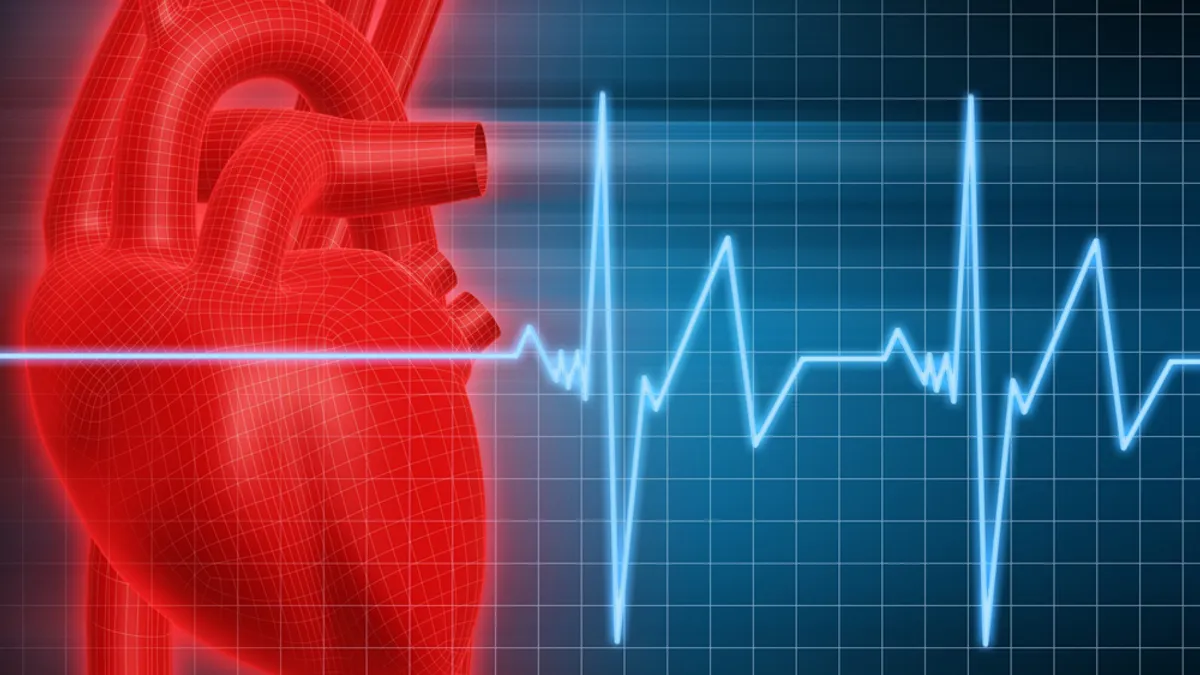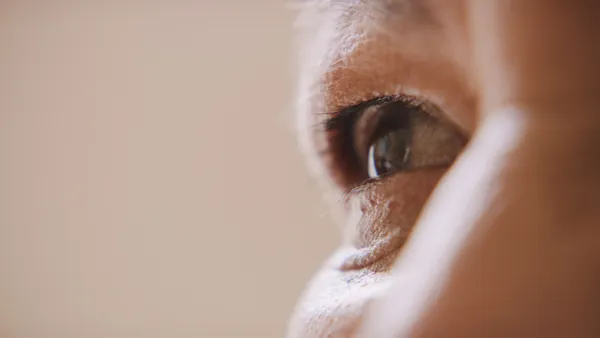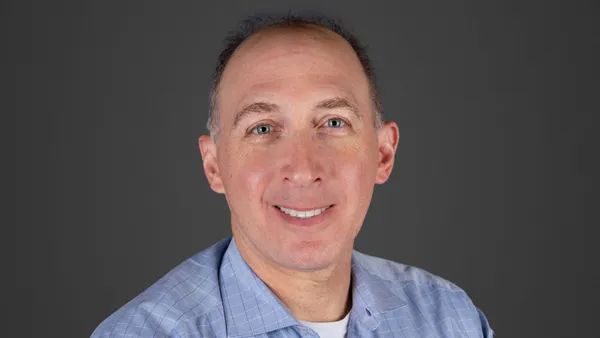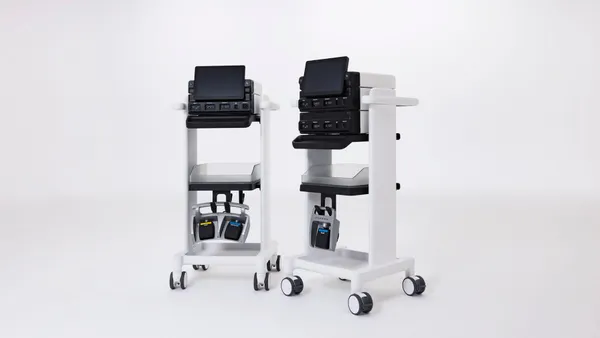Dive Brief:
-
BioSig is aiming to install its PURE EP electrophysiology recording system at up to nine U.S. medical centers next year.
-
In a letter to shareholders published Thursday, BioSig set out how it plans to build on early interest in the system from groups including Mayo Clinic and the University of Pennsylvania.
-
BioSig expects the rollout of PURE EP next year to generate its first revenues, setting it up to grow its U.S. sales operation and enter Europe in 2021.
Dive Insight:
BioSig is working to improve on electroanatomical mapping systems. These systems have helped physicians map cardiac chambers, leading to progress in the performance of difficult interventional ablation procedures and other advances in the diagnosis and treatment of cardiac diseases. Abbott Laboratories, Boston Scientific, GE Healthcare and Siemens have all participated in the market.
The next step, as BioSig sees it, is to improve cardiac signal fidelity. To achieve that goal, BioSig has created a system for capturing raw cardiac signals that it designed to improve on the amplifiers and filters used in standard electrophysiology hardware. BioSig won 510(k) clearance for the technology in 2018 and teamed up with Mayo Clinic to test it in humans months later.
BioSig CEO Kenneth Londoner provided an update on the company's activities Thursday. BioSig is in the process of getting three sites set up with PURE EP. Texas Cardiac Arrhythmia Institute began using PURE EP late last month. The University of Pennsylvania is set to start clinical activities this month and installation at Mayo Clinic is on the horizon.
BioSig plans to step up the rollout next year, tasking vice president of sales John Kowalski, formerly of Johnson & Johnson, with installing up to nine PURE EP systems in the U.S. in 2020. BioSig already has inventory in place to support the anticipated commercial placements.
The commercial strategy calls for BioSig to leverage the experiences of early adopters to grow sales. BioSig plans to establish training hubs at some of the first centers to install PURE EP and is looking into whether its partner sites can hold live broadcasts of patient cases involving the system, enabling other physicians across the U.S. to see how it works.
BioSig is also gearing up to generate data that could show the clinical value of BioSig. Physicians at Texas Cardiac Arrhythmia Institute and Mayo Clinic are due to start enrolling subjects in a clinical trial soon.
To fund the work, BioSig grew its cash reserves by 20% over the past three months, bringing the amount it has in the bank up to $12.3 million. BioSig expects to start generating revenues next year.












